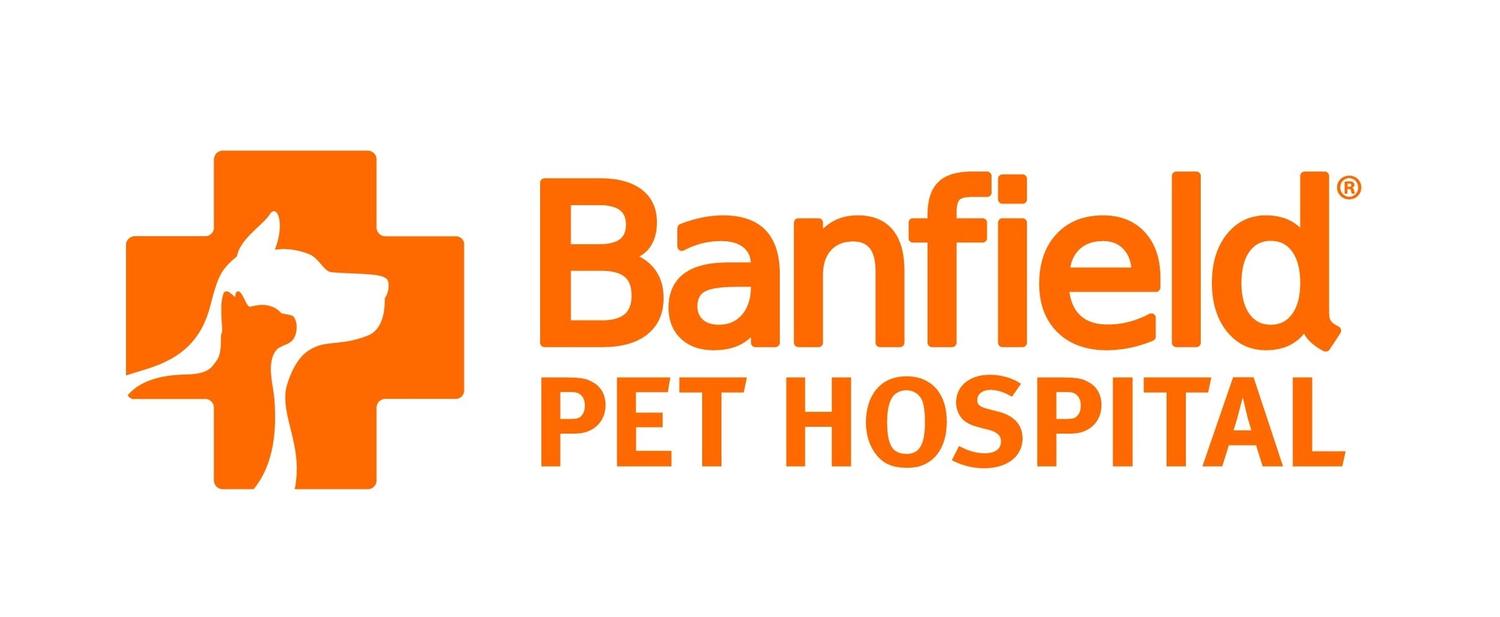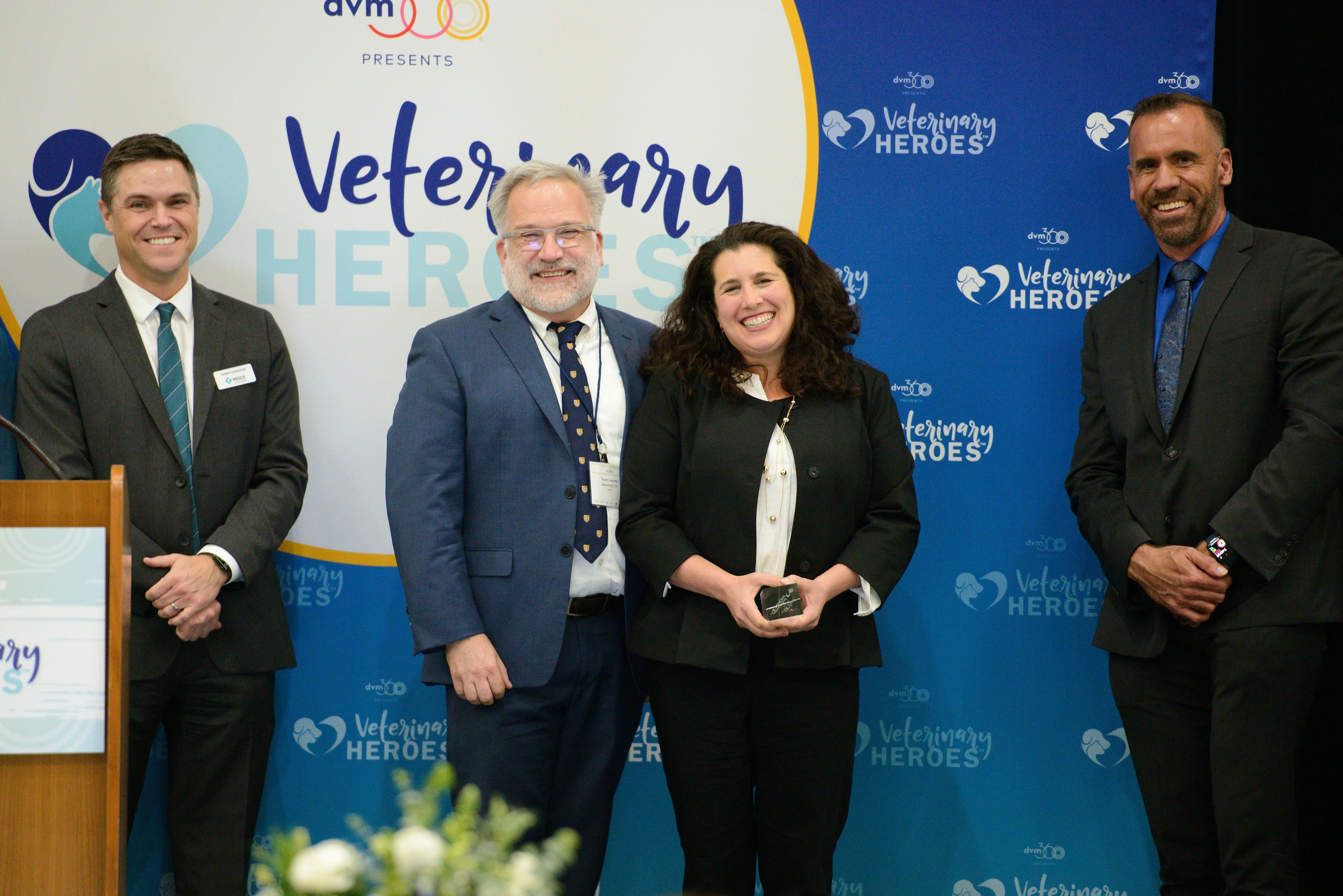Recognizing dental and oral abnormalities
Although veterinary technicians can encounter legal restrictions, these team members play a key role in distinguishing oral and dental abnormalities in patients.
Veterinary technicians often play a key role in performing dental cleanings and client education. At the Atlantic Coast Veterinary Conference (ACVC) in Atlantic City, Denise Rollings, CVT, VTS (Dentistry), founder of Pet Dental Education, presented an overview of dental and oral lesions that may be encountered. Although she noted that veterinary technicians have legal limitations to diagnosing disease or oral pathology, she countered that this does not diminish the clear need for technicians to be able to recognize pathology and report it to the veterinarian as well as to create an accurate dental chart.
With regard to lesions affecting the teeth themselves, several conditions may be observed. Dental abrasions (AB) are wear of a tooth from an external course, typically related to chewing such as abrasive toys or cage chewing. In some cases, this can be so severe that the teeth wear down to the level of the gingiva. Attrition (AT) is also wear of a tooth, but in this case, it is caused by tooth-to-tooth contact from malocclusion (not chewing on external materials). Although these factors cause slow wear of the teeth, in which dentin will form to repair the wear and protect the pulp cavity. Where wear occurs more quickly, dentin may not form and the pulp cavity may be exposed. In such a situation, the tooth may need to be repaired or removed.
Fractures may occur, which can be classified according to their extent of injury to dentin, root, or pulp cavity (or combinations thereof). Fractured teeth in which pulp is exposed are very painful and require treatment via repair or removal.
There is also a condition in which teeth may be non-vital (T/NV). Another term for a non-vital tooth is pulpitis. This typically occurs because of trauma. These non-vital teeth will initially appear gray, pink, or purple, and may become tan or brown over time.
Rollings also discussed that dogs can get cavities, called caries or carious lesions (CA), just like people do. Caries are tooth decay caused by acids that are a byproduct of bacterial fermentation of carbohydrates. Caries are recognized by their brown color, and that a dental explorer will “stick” in the area. Although caries can form anywhere among the teeth, they most commonly occur on the occlusal surface of the maxillary first premolar in dogs. If caught early, they can be repaired similar to the method used for human cavities. If advanced to the point where the pulp cavity is affected, the tooth should be removed.
Abnormalities of dentition also occur, in which there may be missing teeth (either previously extracted, unerupted, fractured, or lost), crowded teeth (CWD), rotated teeth (ROT), supranumerary teeth (SN), or persistent deciduous teeth (DT/P). Where teeth are missing, radiographs must be taken to ensure there are no retained roots present and hidden below the gumline, impacted or embedded teeth, or dentigerous cysts present that could cause bone destruction. If identified, these things must be removed.
Supranumerary teeth are extra teeth. These may or may not cause problems, but where crowding occurs due to this, the supranumerary teeth should be removed. Persistent or retained deciduous teeth may also cause malocclusions or crowding. They may also be associated with unerupted adult teeth. Radiographs can determine whether this is the case, and if so, the retained deciduous tooth can be removed to allow the adult tooth to erupt.
Tooth resorption (TR) may occur in both dogs or cats, although the clinical effects are somewhat different between species. The cause of resorptive lesions is unknown, but results in the destruction of mineralized tissues (including enamel, dentin, and cementum). Resorptive lesions fall into 3 types, and 5 stages of severity. In cats these are thought to be severely painful, and should be addressed promptly. In dogs, resorptive lesions are thought to be due to aggressive chewing, trauma, or malocclusion that creates excessive force on the periodontal ligament. In dogs, unlike cats, resorptive lesions are thought to be non-painful unless it occurs at the crown or gumline, in which case the tooth should be extracted.
Enamel hypoplasia (EH) may also be noted during examination and occurs when enamel fails to fully mineralize and develop. This most commonly occurs if the animal has a high fever during dental development during their first few weeks of life.
There are several soft tissue conditions that may be identified during dental examinations. Oronasal fistulas (ONF) occur when periodontal disease erodes the bone between the oral and nasal cavities. This is most commonly associated with the maxillary canines but can occur anywhere along the maxillary arcade. Clinical signs commonly include sneezing or nasal discharge. Probing on all surfaces of the tooth (particularly the palatal aspect) may yield a defect. Treatment involves the removal of the tooth and closure of the soft tissues.
Stomatitis, also known as caudal mucositis, results in halitosis, inappetence, ptyalism, or pain when grooming, eating, or yawning. The cause is unknown, and treatment often requires full mouth extractions to mitigate the severe pain caused by the disease. In some patient’s treatment with steroids or laser therapy may be required. Chronic ulcerative paradental stomatitis (CUPS), also known as buccal mucositis, occurs more often in dogs. With CUPS, any tissue in contact with the frown surface of the teeth will become inflamed as a result of an immune response targeting the bacteria in plaque. Much like caudal mucositis, this condition is also extremely painful and may require full mouth extractions.
Periodontal pockets (PP) should be evaluated in every tooth in every patient. Pocket measurements should be evaluated around the circumference of every tooth, and recorded in the dental chart. A normal gingival sulcus in the dog is 3 mm (up to 5 mm for giant breed dogs). In cats, there should not be any depth to the sulcus. Where pockets are increased in depth, closed root planing (for pockets 3 to 5 mm), or open root planing (for pockets > 5 mm) can be performed to aid gums in reattaching to the root. Daily home care is important in these patients as well.
Other conditions that should be evaluated during examination include furcation exposure, tooth mobility, and malocclusion. Furcation exposure (F1-3), in which case there is horizontal bone loss between the roots of a multi-rooted tooth. There are 3 grades of severity used to describe furcation exposure, with the most severe grade requiring extraction. Tooth mobility should also be evaluated during dental examination. Mobility (M1-3) is also classified into three levels of severity. Again, teeth classified in the most severely affected grade should be extracted. In some cases, a tooth may be avulsed or partially avulsed. This is considered a dental emergency, as rapid treatment may allow the tooth to be salvaged.
Malocclusion should also be evaluated (MAL/1-3).MAL/1 describes normal jaw position, but where malocclusion is due to one or more teeth causing contact with other teeth or soft tissues, resulting in an uncomfortable bite. These conditions may require extractions, crown reductions with vital pulpotomy, or orthodontic correction. MAL/2 describes mandibular brachygnathism (overbite), and MAL/3 described mandibular prognathism (underbite). For MAL/2 and MAL/3 treatment may be required, including extractions, crown reductions with vital pulpotomy, or orthodontic correction.
In addition to the above abnormalities, Rollings also noted that a thorough oral examination requires attention to the presence of oral masses (OM). All oral masses should be biopsied and evaluated for histopathologic diagnosis. Common benign oral masses include acanthomatous ameloblastomas, gingival hyperplasia, and papillomas. Malignant oral masses commonly include fibrosarcoma, malignant melanoma, and squamous cell carcinomas. Depending on the type of mass, treatment modalities and prognosis will vary.
Even within the confined of practice law, it is very important that veterinary technicians have a thorough understanding of these oral and dental conditions, to provide quality care to their patients, perform accurate charting, and be able to relay important information to the veterinarians managing the patient’s care.
Dr Rebecca Packer is board certified in neurology by the American College of Veterinary Internal Medicine and is an associate veterinarian at BluePearl Specialty and Emergency Pet Hospital in Lafayette, Colorado. She is also the founder and owner of the Pre-Veterinary Mentoring Group, LLC, through which she provides mentorship for pre-veterinary students during their path to veterinary school, and is the founder and owner of The Pocket Neurologist, LLC, a vet-to-vet teleconsulting service.
Editors note: All veterinary technician content for this month is supported by Banfield Pet Hospital.























